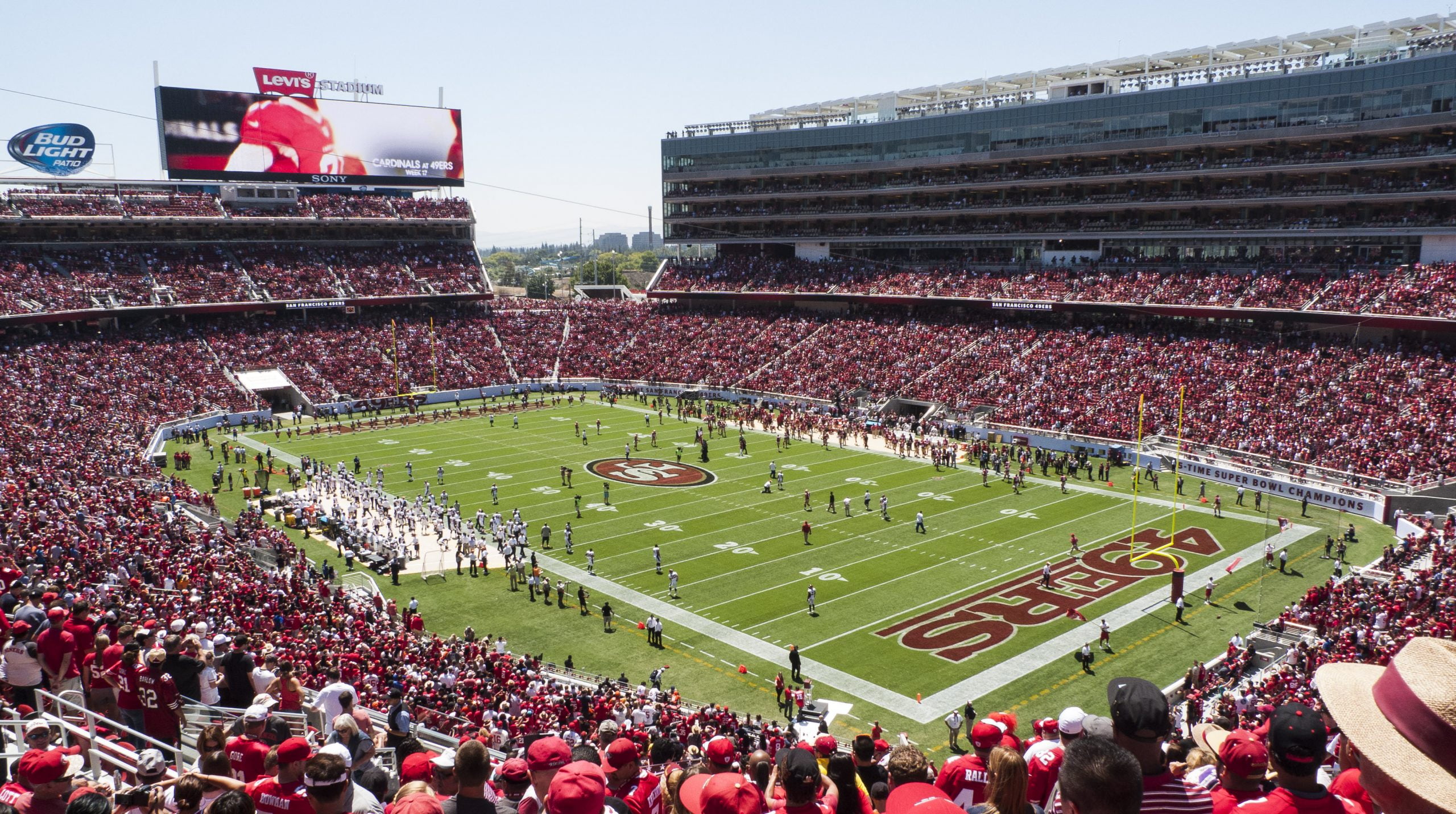While football in America is a vastly different game than in other parts of the world, these different sports are converging on one important idea worth cheering about. The stadia where games are played are becoming more energy-efficient. The LEED Gold Levi’s Stadium in San Francisco, where the 49ers play, sports a 27,000 square foot living roof planted with native vegetation. Daylighting, LEDs, and an energy management system reduce power consumption. Much of that electricity comes from 375 KW of solar electric panels on walkways and boxes. The energy produced over the course of a year is expected to equal the amount used during a regular season of ten 49ers games. Multimodal transportation plays a part, too. A variety of options serve the stadium including buses, passenger rail and bicycles.
And Levi’s stadium is far from the only location catching the solar wave. According to the Solar Energy Industries Association (SEIA) professional sports stadia in America have now installed 25.4 megawatts of solar capacity. That’s enough to power 3,100 American homes. Around the world, football and soccer stadia on every continent have incorporated energy-saving features. Most use efficient lighting, solar electricity, recycled or rainwater irrigation, as well as other features. You can see details of these projects on this Clubline Football infographic.
See Levi’s Stadium and other zero energy buildings on our Commercial & Public Buildings page.

